Campus diversity exaggerated
This Thanksgiving, at a family dinner at a friend’s house, I broke the cardinal rule of pleasant conversation and shared a political view of mine. As a woman of color, I mentioned how, though flawed, affirmative action is a positive step for our nation. As the only person of color in the room, it’s no surprise that what resulted was a very heated discussion between multiple relatives.
After the pumpkin pie had been served and the wounds had been licked, I was better able to analyze my thoughts. Something a relative said angered me, but it also surprised me. I realized then that my beliefs are rarely ever challenged in person. The people I associate with on a day-to-day basis are like me, for the most part. I tend to flock to those who are like me, and as a consequence, I avoid those who aren’t.
I think a lot of students share in my experience. It can be uncomfortable to associate with people who have strong opposing beliefs to our own. Especially after this year’s trying election, the American people are becoming increasingly aware of the challenges we still face regarding diversity and inclusion. We’ve been put into these boxes with singular labels: white, black, male, female, gay, straight. It feels like we’ve become more divided than ever.
Because of that, it’s important that Chico State steps up their effort to increase diversity within the institution. They are making strides in creating a more inclusive campus. In 5 years, the Hispanic student population has increased from 15 percent to 29 percent, and students of more than one ethnicity have more than doubled. On paper, Chico State seems like an incredibly diverse community.
I am proud of the efforts the university has already made, but it’s not enough.
It’s not enough to admit a diverse student body if there aren’t significant interactions between the different groups.
The majority of people will flock to what they are used to. The biggest challenge is getting people out of their comfort zones to interact with people whose experiences and opinions diverge from their own.
Having a more diverse faculty may help to bridge the gap. Chico State student diversity is up, but the faculty is overwhelmingly white. In 2014, the faculty was80 percent Caucasian. A more diverse faculty fosters a more inclusive environment and can create a sense of belonging for minority groups. Seeing educators of different backgrounds and cultures interact with one another may help to get the ball rolling among the students.
The school should act as a mediator between groups to facilitate peaceful and constructive conversation. The conversations on diversity and inclusion, put on by the Office of Diversity and Inclusion, are a wonderful start. However, we need to work on generating a greater audience. I would have no idea about any of these events had I not actively looked for them. The student announcements generally get overlooked, and as a result events are poorly attended.
I believe integrating these types of conversations into our education would be incredibly beneficial to Chico State students. Diversity studies should be its own graduation requirement, not just an optional disciplinary area. The ideas brought up in the classroom can have a ripple effect on the outside.
Looking back, I’m grateful for that frustrating Thanksgiving experience. If we only ever interacted with people we agreed with, we would never learn anything about people who are different except what we know from our own biases.
Lorinda Sasan can be reached at [email protected] or @theorion_news on Twitter.
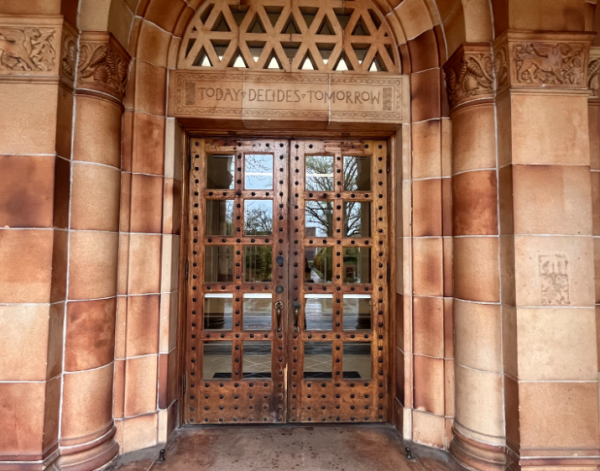

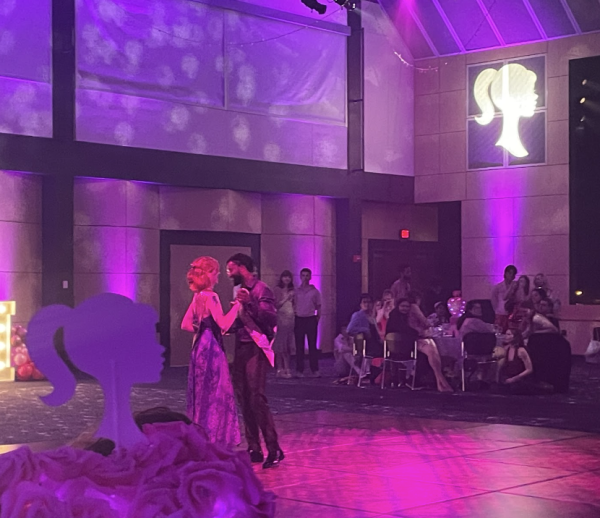
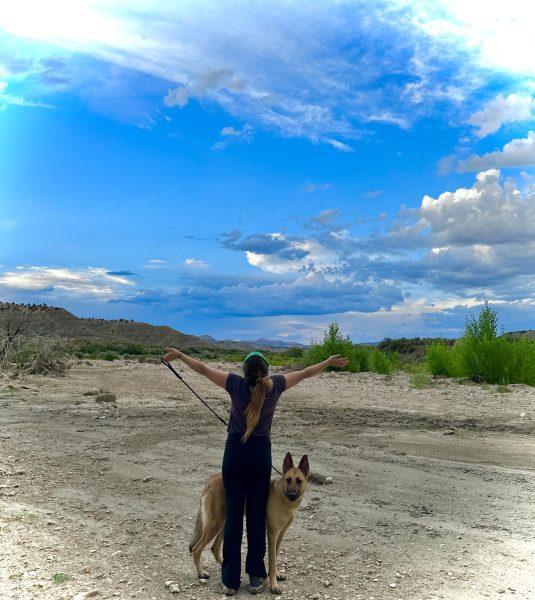
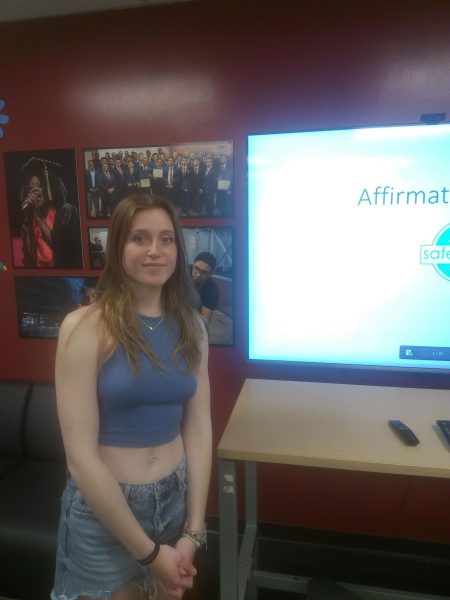







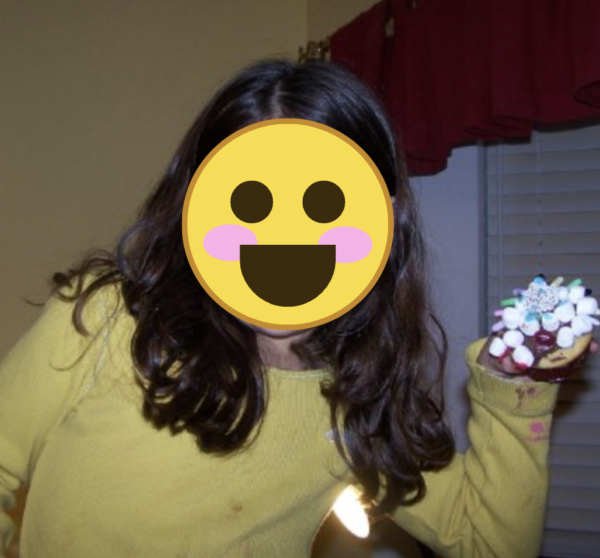
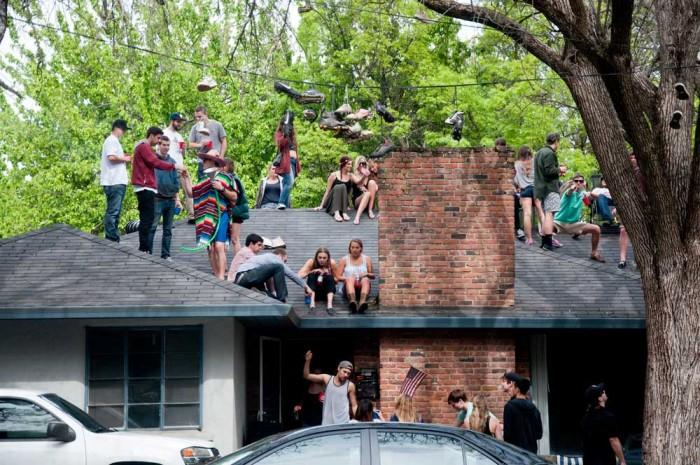
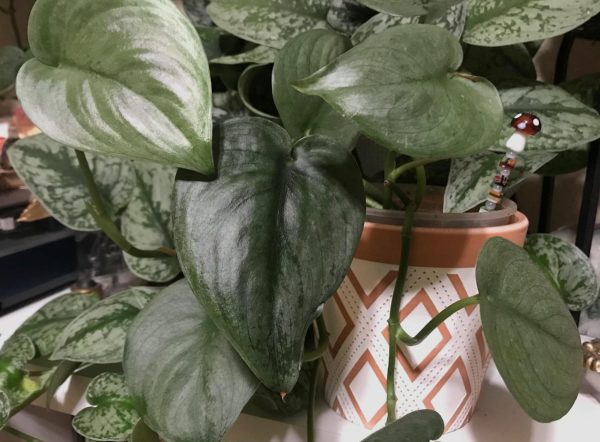



Richard Drouillard // Dec 9, 2016 at 2:07 pm
“If we only ever interacted with people we agreed with, we would never learn anything about people who are different except what we know from our own biases.” CSU Chico could hire some faculty with diverse views. Why is diversity only focused on race, ethnicity, gender? Your ability to interact in the world once you leave the shelter of University would be much more robust if you were exposed to a wider variety of ideas and values that would happen if CSUC had more than token conservatives. You have a good idea…will you act on it?